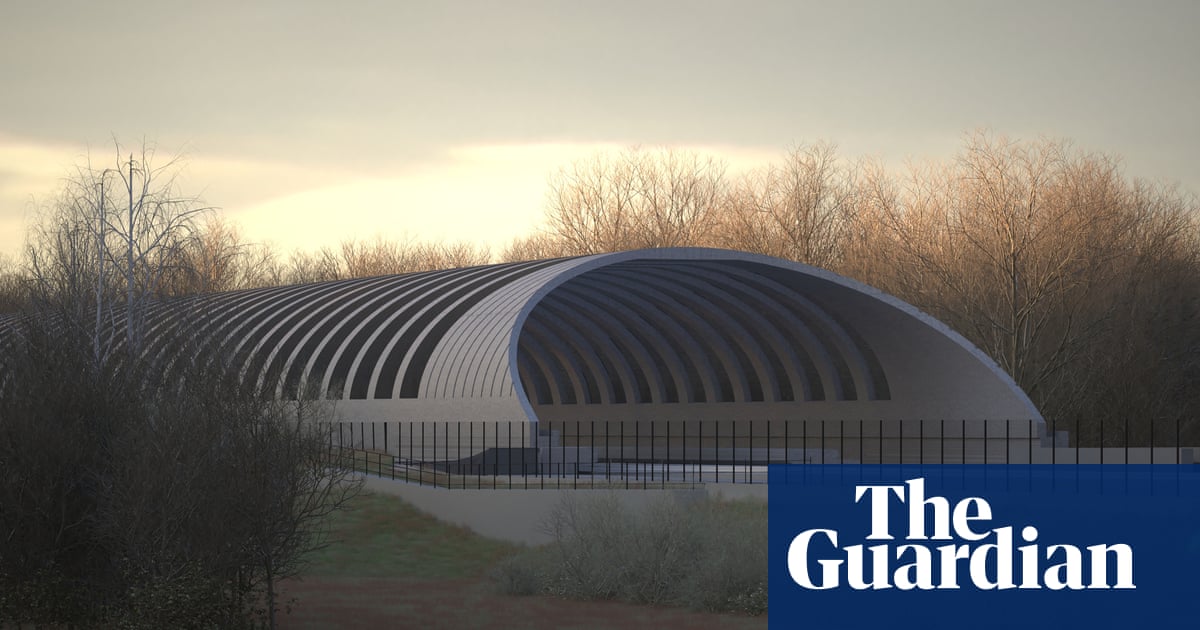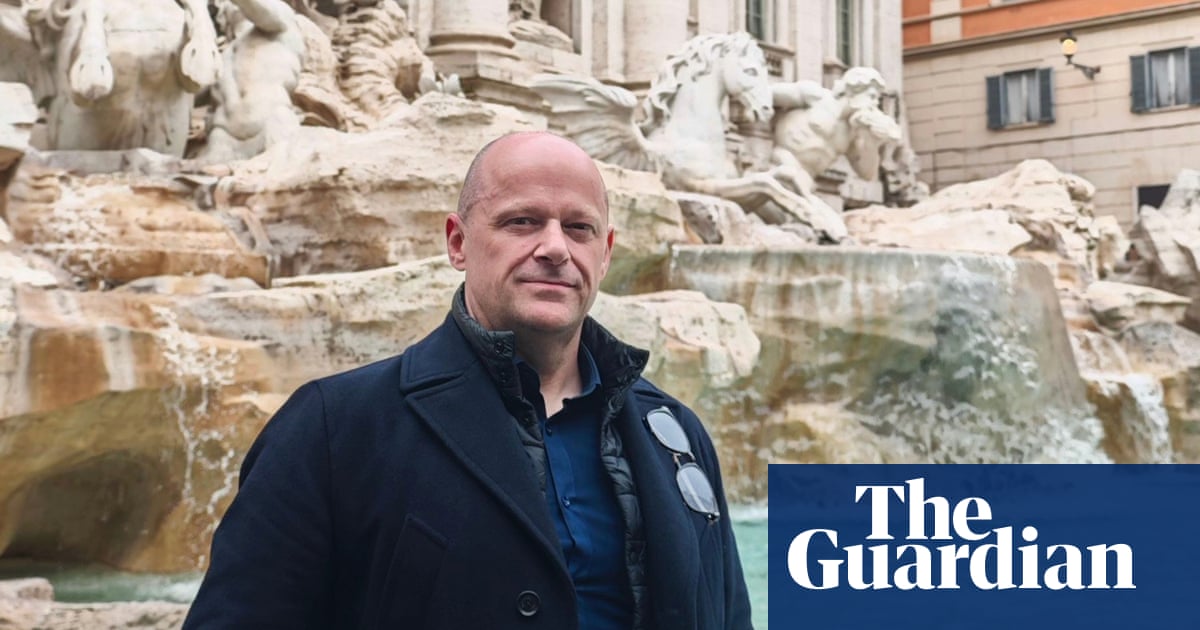Standing on the stone bridge that crosses the River Coln in the heart of Bibury on a clear spring day, it is not hard to see why the 19th-century designer William Morris described it as “the most beautiful village in England”.
Chances are, however, the picturesque Cotswold view will not be enjoyed alone.
For Bibury is suffering from overtourism, according to some of the village’s 600-odd residents, who are sharing the narrow lanes with vast coaches, international walking tours and day-tripping motorists on a daily basis.
Lynn Edward, who has lived in Bibury for six years and volunteers at the Anglo-Saxon St Mary’s church, said: “We have such a beautiful place that we want to share, but the level of tourism and the hordes of people that come has just made it entirely unpleasant, and the infrastructure doesn’t really cope with it.
“All they want to do is come and take a photograph. They don’t stay in the village. They don’t linger enough to really ingest the beauty and historic value of the place. It’s literally, I think, to take a selfie.”

The number of visitors has rocketed in recent years due to the boom in travel and tourism influencers on TikTok and other social media, prompting councillors to take action to curtail the number of coaches piling into the village.
I don’t believe they contribute to the village in terms of supporting pubs, restaurants, because they’re not here long enough. They’re only here for 20 minutes
Plans include changing the layout of coach-parking bays to stop tour buses waiting in the layby on the B4425, next to the Swan Bridge in the centre of the village.
On a midweek afternoon in March, the small car park adjacent to the Instagrammable bridge is full, with a 15-metre coach, two minibuses and half a dozen cars squeezed in door to door. Tourists get off the coach, smartphones aloft. One woman sets up a selfie tripod in the middle of the road. Twenty minutes later, they and the coach are gone.

In a short walk around the village, past its treasured 14th-century Arlington Row, thought to be one of the most photographed terraces of cottages in the country, the number of tourists is underlined by the array of languages and accents overheard: from Spanish to Japanese, American to geordie.
But while some in Bibury are overwhelmed, there are those who want to maintain the flow of tourists through the village.
Angus Hay is director at the Bibury Trout Farm, which is directly opposite the village car park, meaning that, in addition to visitors to the farm, it hoovers up many of the tourists in its cafe and gift shop.
“We would agree that something needs to be done,” Hay says. “It needs to be managed. The last few summers have definitely been getting busier and busier. More people have been coming, not just in coaches, but in cars.”
Hay said the business put in a car park behind the site with capacity for about 300 cars but, in the summer, that was not enough, so they have recently applied for planning permission on land the farm leases on the edge of the village to develop a fee-paying coach park, from which they would shuttle visitors in smaller minibuses.
“I think it’s all got blown out of proportion a little bit,” he adds. “We all agree there is a problem, and I’m sure there’s a solution for both businesses and residents, and I think we will get to that. And I just think it’s going kind of round the houses, and everybody’s maybe getting a bit wound up about it.”

Hay adds the six businesses in the village employ about 150 local people, many of whom are from the village and surrounding villages.
after newsletter promotion
But Edward does not accept the argument. “I don’t believe they contribute to the village in terms of supporting pubs, restaurants, because they’re not here long enough. They’re only here for 20 minutes.”
Sure enough, a guide from one of numerous tour operators which sweep through the village is gathering their passengers – ranging from the US, South Korea, Italy and Spain – to continue the day trip starting and finishing in London. Taking in Burford, Bourton-on-the-Water and Stow-on-the-Wold, the tour spends 30 minutes in Bibury. “We think it’s more sustainable that way,” the guide explains, a claim that raised eyebrows when relayed to the residents of the village.
Victoria Summerley, a journalist and author, has lived in the village since 2012 and previously served as a Bibury parish councillor.
“The idea that it’s sustainable is almost laughable,” Summerley says, “because it’s not sustainable in terms of traffic. And it’s not sustainable because they sit and run their engines all day to keep the aircon going.”
She, too, is unconvinced by the argument that tourism brings economic benefits to the village. “That’s no argument at all,” she says. “[The villagers] would say they don’t put any money into the village.”
The first hint she had of the potential difficulties with tourists was when the survey for her new home was returned complete with the comment: “Tourists may prove a nuisance.”
“Like a lot of other places in the world, Bibury suffers appallingly from overtourism,” Summerley says. She has witnessed confrontations between residents and tourists, including when the latter are staring at and taking photos of the former’s homes.
About 300 metres up the road from the Bibury Trout Farm, the Catherine Wheel pub does feel the benefit of the influx of tourists, who will come in for food and drinks inside a bona fide English country pub. Tours of up to 50 people fill the 16th-century pub and staff are in no doubt that, without the tourists, it would not survive.
But, as a number of the employees live in the village, they are also mindful of the less positive impacts, sharing stories of tourists pulling up to park on their drives and, on more than one occasion, even mistaking them for actors in a living theme park.
“It’s been going on for years,” one customer says. “I can’t see it being solved for years to come.”

 2 days ago
8
2 days ago
8













































